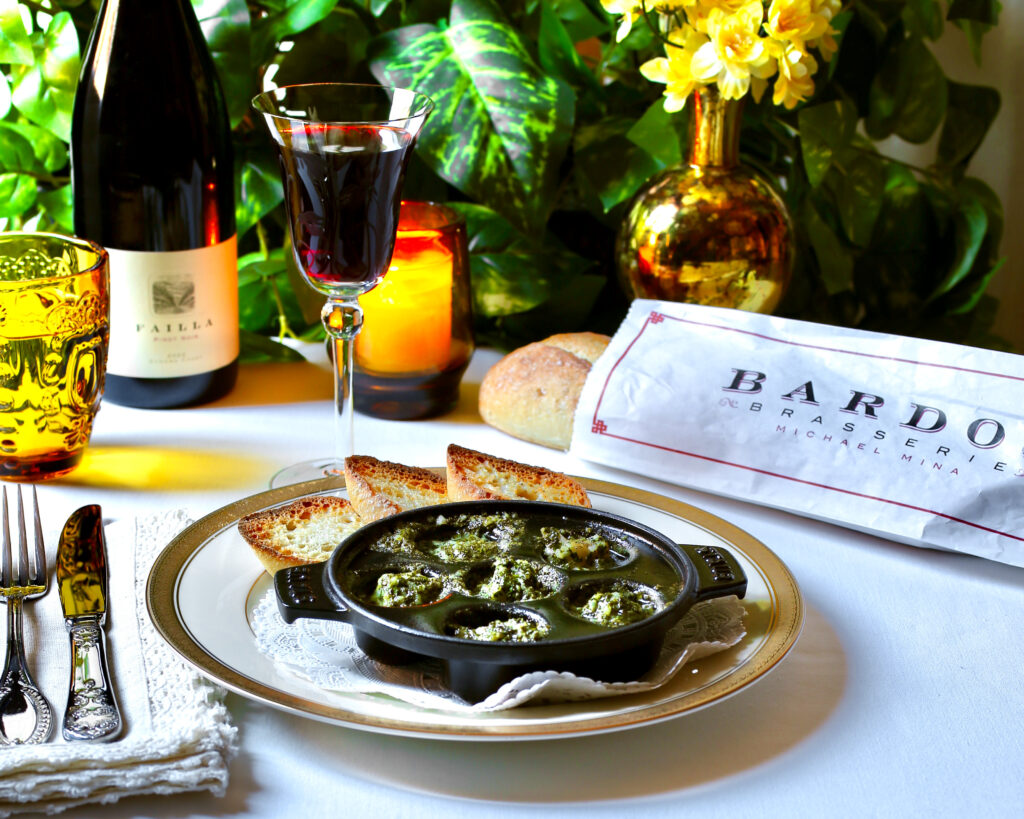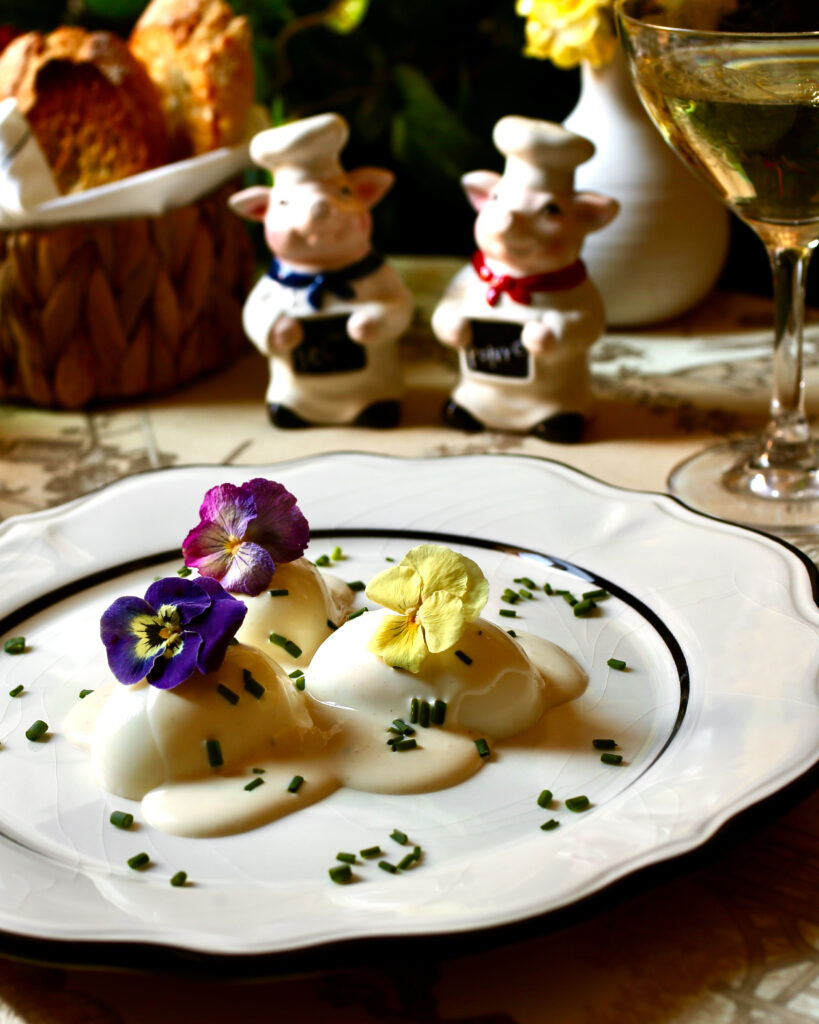 Monkfish Cargot (Escargots-Style)
Monkfish Cargot (Escargots-Style)
A delightful dinner at Michael Mina’s Bardot Brasserie in the Aria Las Vegas served as the inspiration for this dish. But alas, with no snails on hand, I decided to try a monkfish version of Escargots de Bourgogne instead.
Et voilà, it exceeded our expectations!
The flesh of monkfish is dense, meaty, and succulent, with a sweet flavor. It has a firm texture that holds up well to baking at high heat in garlic butter, making it a perfect substitute for snails in this escargots-style recipe.

Monkfish, also known as lotte in French cuisine, is a unique-looking fish found in both the Atlantic and Mediterranean. It’s known for its rather unattractive appearance, with a large, flat head, tapering body, and a wide mouth filled with sharp teeth.
Despite its unappealing looks, monkfish is prized for its delicious, firm flesh, often compared to lobster or scallops in taste and texture. It’s also a sustainable seafood choice, as monkfish populations are relatively abundant and well-managed.
Bardot Brasserie Las Vegas


classically prepared, absinthe butter, garlic, baguette
As we also took some food to go, I was able to bring home a paper baguette bag too, to use in my photographs.


